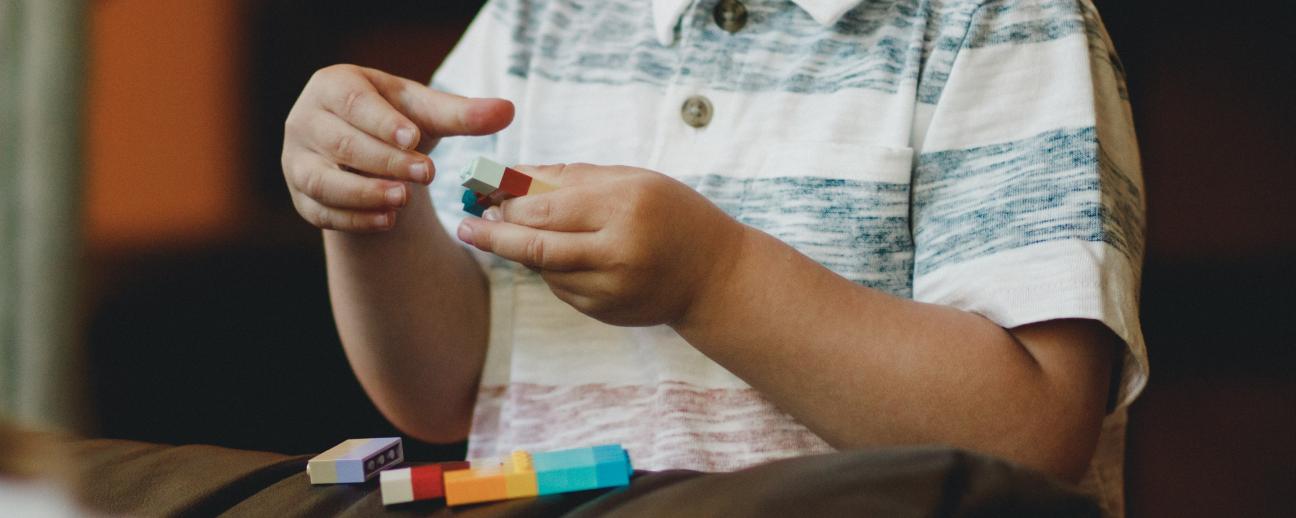Autism spectrum disorder (ASD) is a neurodevelopmental condition typically diagnosed in early childhood. The main characteristics of autism are social and communication difficulties and repetitive restricted behaviours. Those with autism have differences in the way their brain develops and functions. This leads to differences in how they think, communicate, interact with others, and interpret the world. Autism is caused by a mix of genetic and environmental factors, but the exact cause is unknown.
Autistic people may experience difficulties with social skills and verbal and nonverbal communication, such as interpreting body language and facial expressions. This can make it hard to interact with others and form relationships. Autistic people may also engage in repetitive behaviours, have a need for routine, and struggle with change. These symptoms can lead to challenges in many areas of life, such as at school, work, and in relationships.
Autism is called a spectrum disorder because it captures a wide range of experiences, symptoms, and levels of severity and impairment. Autistic individuals will have strengths and weaknesses in different areas and their symptoms may change over time.
- Difficulty with social interactions and communication skills.
- Repetitive and limited patterns of behaviour.
- Struggle to develop and maintain relationships with others.
- Difficulty using and understanding nonverbal communication [e.g. facial expression, body language].
- Difficulty understanding others emotions, actions, points of view.
- Difficulty with change - Need for routine, insists on sameness.
- Engages in repetitive movements [e.g. rocking, hand flapping].
- Intense focused interests [e.g. knows a lot about a certain topic].
- Reduced or inconsistent eye contact.
- Lack of facial expression or other expression of emotion.
- Sensory issues - May be more sensitive to light, touch and sound, and less sensitive to temperature and pain.
- Prefer to play alone and may appear ‘in their own world’.
- Does not engage in ‘make-believe’ or imaginative play.
- Resistant to holding/ cuddling as a baby.
- Delayed speech development or does not speak.
- Repeats words or phrases.
- Abnormal rhythm or tone when speaking - May sound ‘sing-song’ or flat/ lack emotion.
- Appears not to understand or follow simple directions/ questions.
- Special talent or strength in a particular area [‘savant’].
If you are concerned about your child’s development and think they are showing autistic characteristics, or think you may have the symptoms of autism, speak with your doctor and they may refer you to a specialist.
Autism is a difference in the way the brain functions. The goal of treatment is not to cure autism, but to address challenges, teach skills, and build on strengths so the individual can achieve their highest potential.
Psychological and Behaviour Therapy:
Behaviour therapy aims to teach skills and new behaviours, reduce harmful or unhelpful behaviours, improve communication and social skills, and build on strengths. Behaviour therapy commonly uses positive reinforcement techniques, such as token reward systems.
It is common for autistic people to experience other mental health conditions, such as anxiety disorders and depression. Talk therapy, such as cognitive behaviour therapy, can be useful in addressing these symptoms and improving emotional well being.
Family Therapy:
Treatment for a child with autism may include family therapy. Family therapy aims to teach parents how they can help their child to improve their social and communication skills and other ways they can support the child at home.
Medication:
There is no medication to treat autism. Autistic people are at an increased risk of other mental health conditions, such as ADHD, anxiety disorders, and depression. Medication may be used to treat symptoms of these other conditions.
Other Support and Treatment:
Input from other specialists such speech and language therapists, physiotherapists, occupational therapists, or paediatricians may be needed depending on individual needs.
It is important to speak with your child’s teachers to ensure your child gets the support they need at school. Some autistic children may require extra support or a special education programme.
Autism NZ are a national organisation who provide education, advocacy, programmes and support to those living with ASD and their whānaus. Their aim is to provide support and information to empower those living with ASD.
The Autism NZ website contains information, educational resources, and links to other resources and support for those with ASD, their whānaus, and professionals.
Altogether Autism offers advice and information for those with ASD, their whānaus, and the wider community. Their website contains information on ASD, resources from clinicians and researchers who specialise in ASD, stories from those with lived experience, and professional development opportunities.
PASG is a support group for Pasifika parents and caregivers of those with ASD. Their website and facebook page provide a space for caregivers to support each other, share information and experiences, and learn. PASG was founded by Brian and Betty Pulefolau. Their eldest son has ASD and through their experiences they were motivated to raise awareness for ASD in Pasifika communities and provide information and support to these families.
raisingchildren.net.au is a parenting website with articles, videos, and tips for parents and caregivers. The link below takes you to their Autism information page which provides information on the symptoms of ASD, development, managing ASD at school, as well as a range of videos for children and teens with ASD and their caregivers.
Note: This is an Australian website so some service and support information will not be relevant to New Zealand.
KidsHealth provides easy to understand information on ASD.
This webpage provides a great explanation of the Māori term for ASD - Takiwātanga - which means “in my/his/her own time and space”.
This article outlines the meaning behind the term Takiwātanga, the Māori name for ASD. Takiwatanga aims to be an empowering term and a positive way of approaching ASD.
